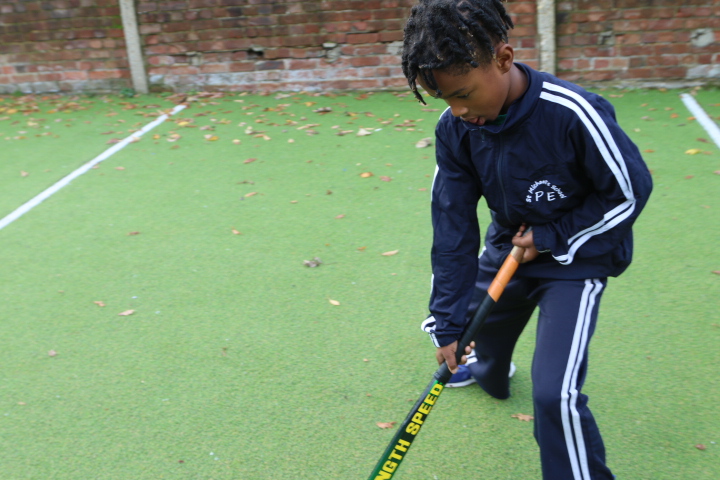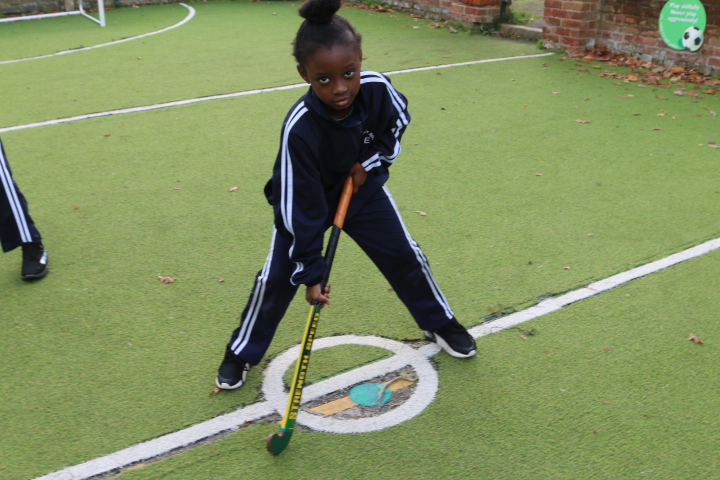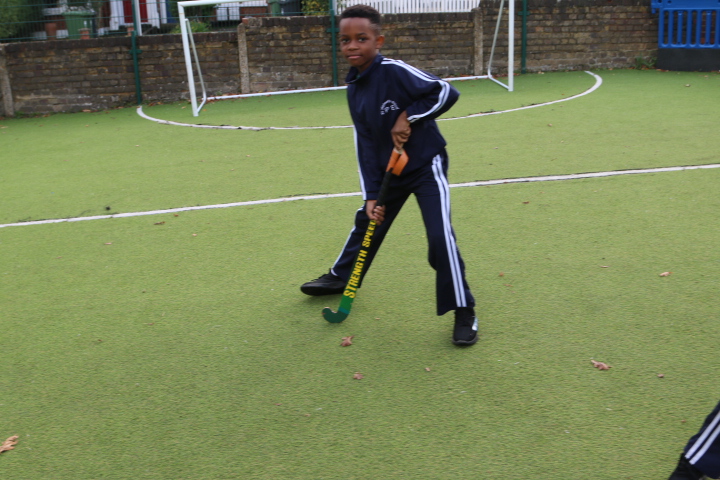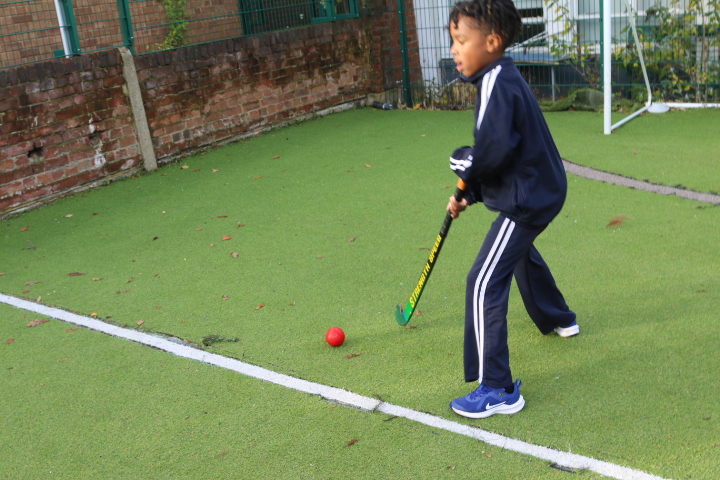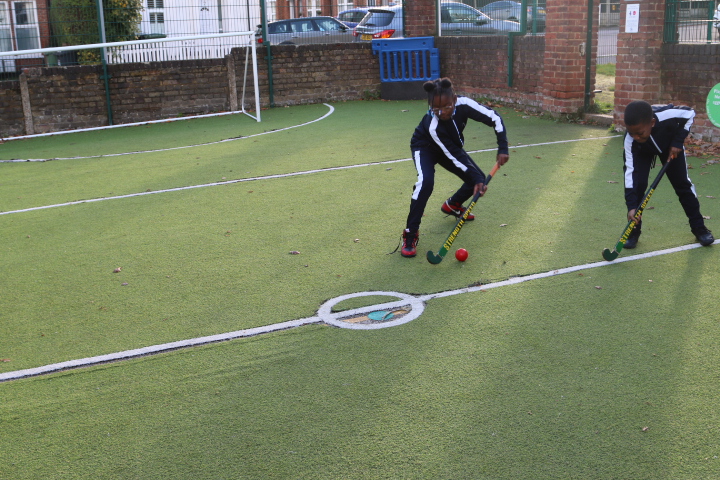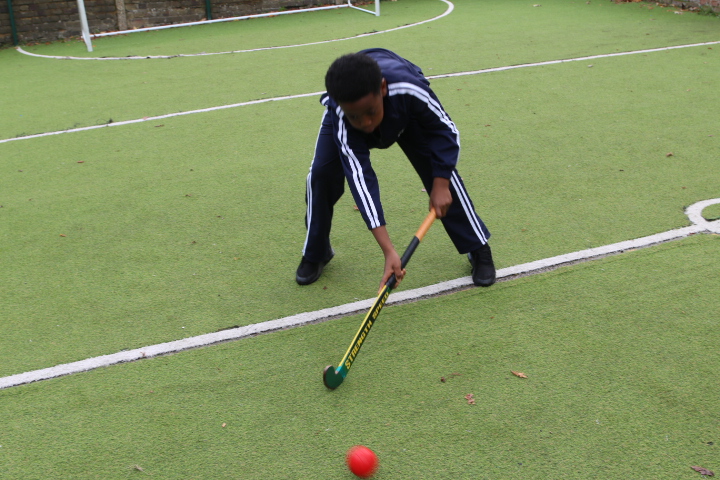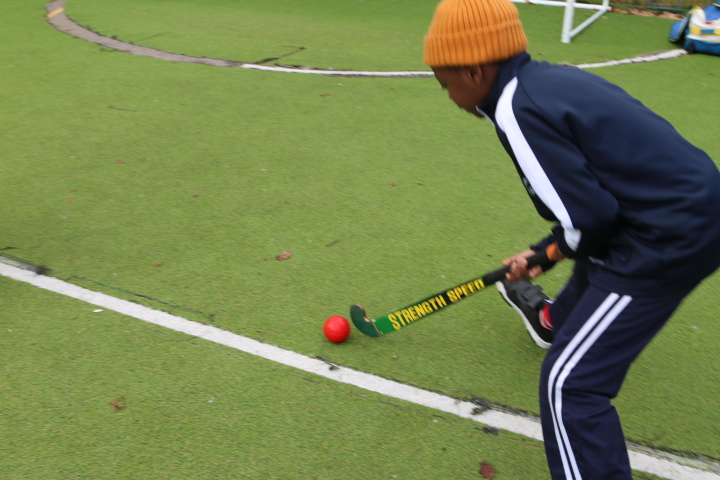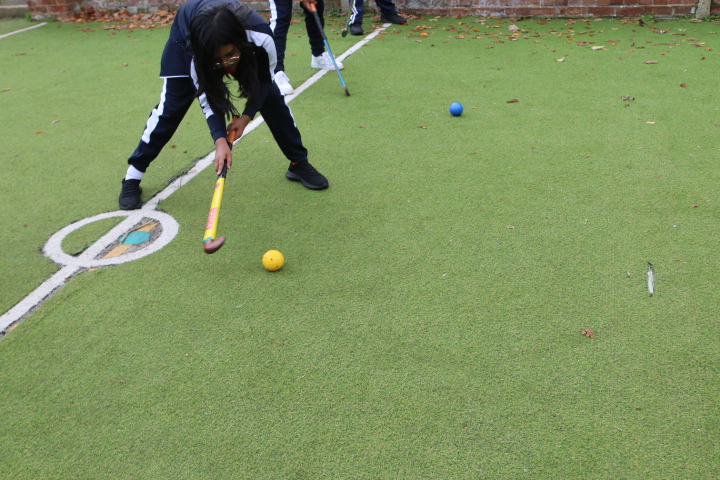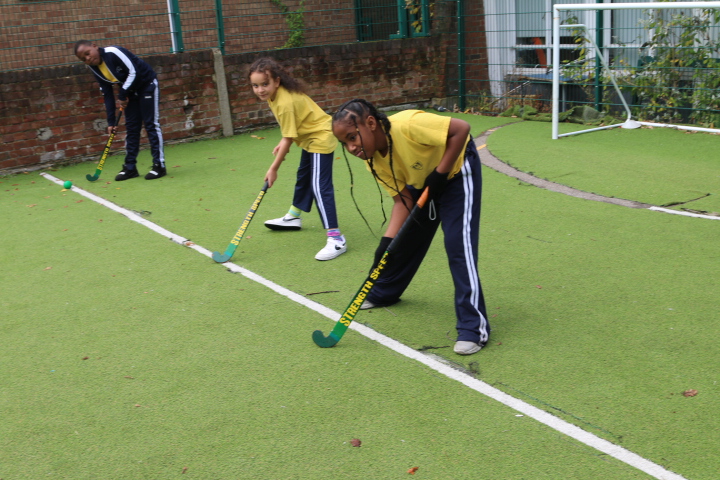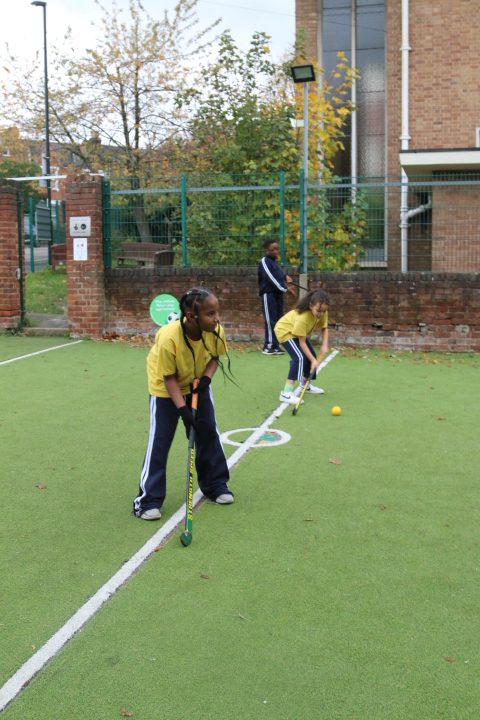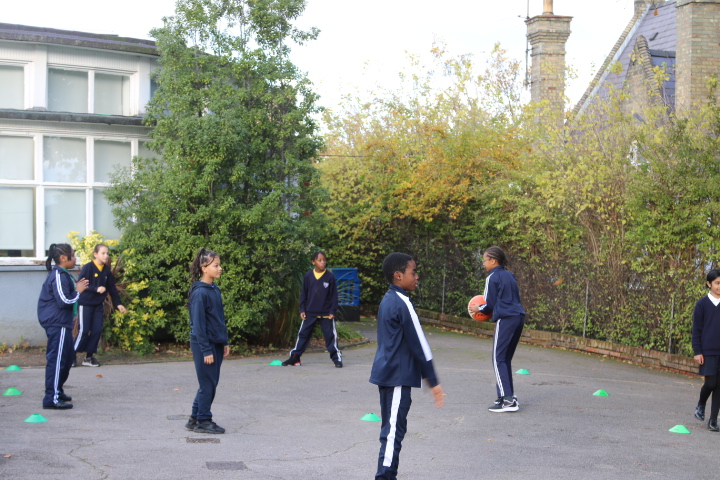This term, the juniors are focusing on Invasion games.
What are invasion games?
Invasion games are team games where the purpose is to:
- invade the opponent’s territory or zone to score goals or points;
- protect your own territory to prevent the opposition from scoring goals or points.
They are played within a certain period of time, with an equal number of players on each team. Invasion games are usually fast-paced, and focus on teamwork, keeping possession, attacking, and defending.
What are some examples of invasion games?
Invasion games are common games for children to play in school as they encourage teamwork. Some popular invasion games include: netball, basketball, hockey, tag rugby and football.
What are the benefits of invasion games for children?
There are lots of positive reasons to play invasion games with children. They include developing new skills and physical benefits such as:
Sense of fair play: This applies specifically to values such as honesty, self-control, bravery, and persistence. It’s also associated with how players should treat people equally, show self-control while communicating with others (e.g. staying calm under pressure), and display respect for both referees and opponents.
Team work: Invasion games are played as teams who all have a shared purpose or goal – to score the most points and win the game. This type of learning experience is fantastic for children. These team work skills can be applied in lots of other areas of their education, and into their adult life.
Friendship: Tying into team work skills, playing invasion games and working together towards a common goal is a lovely way to encourage friendships between your class. These friendships will no doubt encourage children to take part in sport more often, leading to them to enjoy physical activity, and going on to live healthy and active lives.
Overall fitness: Invasion games require players to play a game of a set amount of time and are usually fast-paced. This type of sport will be especially useful for children to get plenty of physical activity in their week, and improve their fitness.
The lower juniors have been focusing on hockey – the body position and stance adopted for the warm up game ‘knee tag’ is very similar to the body position needed for many hockey skills.







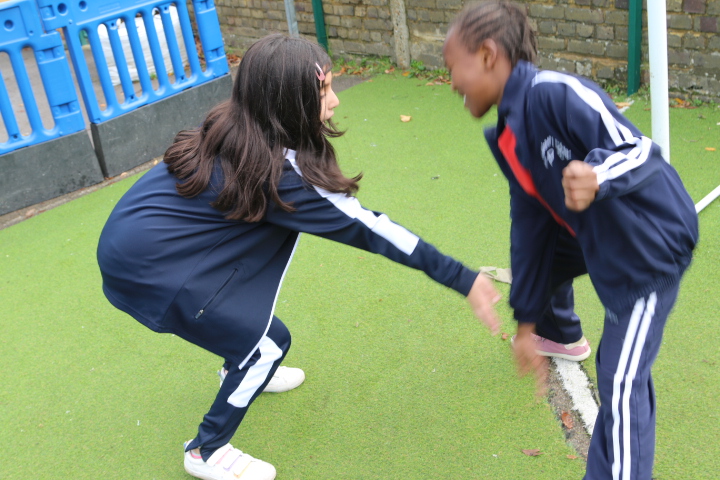
The children perfected their hockey stance and began to practice their passing and receiving …
